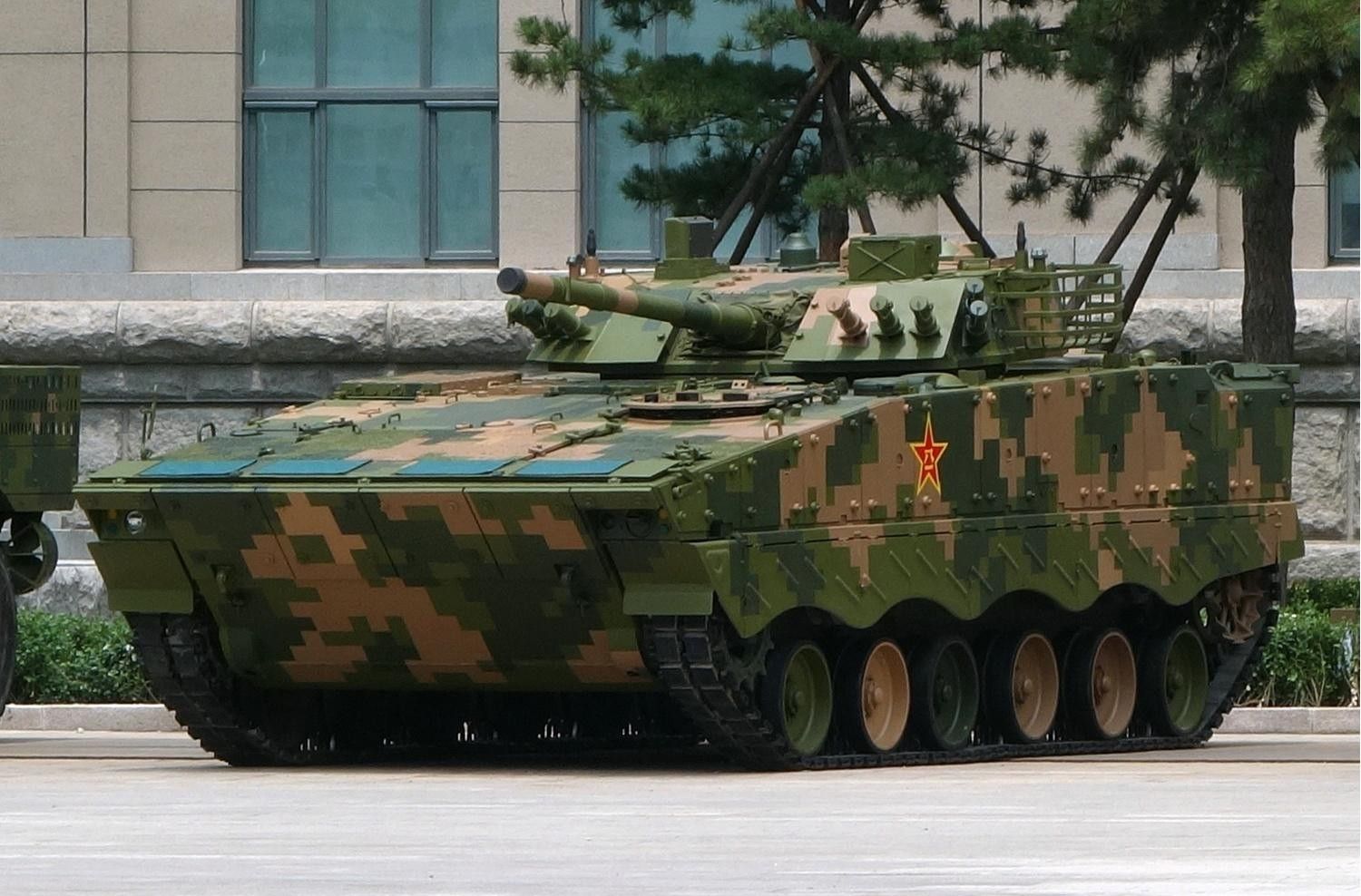
And the five are intended to ensure that refugees’ needs are met in different ways. In order to reach this goal, as this roadmap articulates, there are five education pathways that refugees can pursue. This would raise the numbers up to 15 percent from 5 percent, which is what we have today in terms of enrollments, which hovers around 90,000 refugees taking advantage of higher education opportunities. Which means about a half a million individuals. Sone example of a really important marker out there is something that the United Nations High Commissioner for Refugees (UNHCR) established, a global goal called the 15b圓0 Roadmap, which sets a target of enrolling 15 percent of refugee youth into higher education by 2030. That said, a lot of work has gone into awareness-raising of the barriers that this population faces, as well as into establishing and promoting global markers for success.
Tank force chinese tanks full#
But we have a long way to go when it comes to full participation of refugees and exercising this right to a full educational experience.

I think as many of us know, sustainable development goal number four demands that we ensure inclusive and equitable quality education and promote lifelong learning opportunities for all. Nearly half of these individuals are youth. And what this really means in real terms is that one in every seventy-eight people on Earth have actually been forced to flee. I mean, this is the largest jump in displacement since World War II. So some of you may know this, but as of the month of May 2022, the number of forcibly displaced individuals across the globe crossed the 100 million mark. And I was also going to talk a little bit about the need for close collaboration across seemingly disparate actors in order to open opportunities for those affected by displacement. So what I thought I would do is give you some background on higher education in displacement context, including some of the barriers, challenges, successes, and goals. And I’ll talk for just ten or twelve minutes to Irina’s question. And thank you to CFR for having me here today. I thought we could begin with you sharing your insights on some of the barriers refugees and migrants face in higher education. So, Rebecca, thank you very much for being with us today.

Tank force chinese tanks professional#
Her work focuses on contextualized, learner-centered experiences in undergraduate courses, teacher professional development, and research-oriented training in places affected by crisis and displacement for refugees, internally displaced people, and those in host communities.

She also serves as an associate at Bard College’s Institute for Writing and Thinking, and has developed and delivered teacher professional development in Myanmar, Jordan, and Kyrgyzstan, among other places. Granato is associate vice president for global initiatives at Bard College, and program director for the Open Society University Network’s Hubs for Connected Learning Initiatives in Eastern Africa and in the MENA region. We are delighted to have Rebecca Granato with us to discuss migration, refugees, and education. As always, CFR takes no institutional positions on matters of policy.

Today’s discussion is on the record and the video and transcript will be available on our website, CFR.org/Academic. I’m Irina Faskianos, vice president of the National Program and Outreach at CFR. Rebecca Granato, associate vice president for global initiatives at Bard College and program director of the Open Society University Network’s Hubs for Connected Learning Initiatives in Eastern Africa and the MENA region, leads the conversation on migration, refugees, and education.įASKIANOS: Welcome to CFR’s Higher Education Webinar.


 0 kommentar(er)
0 kommentar(er)
